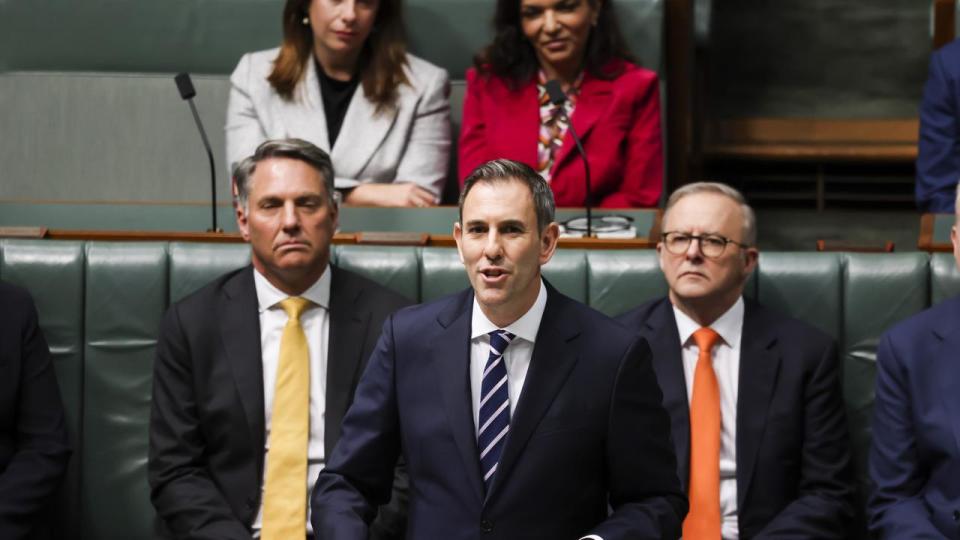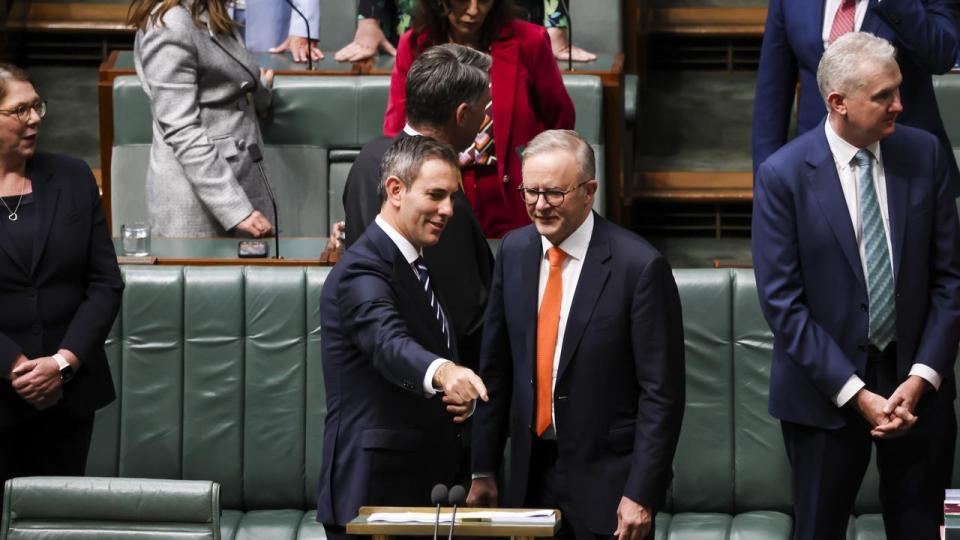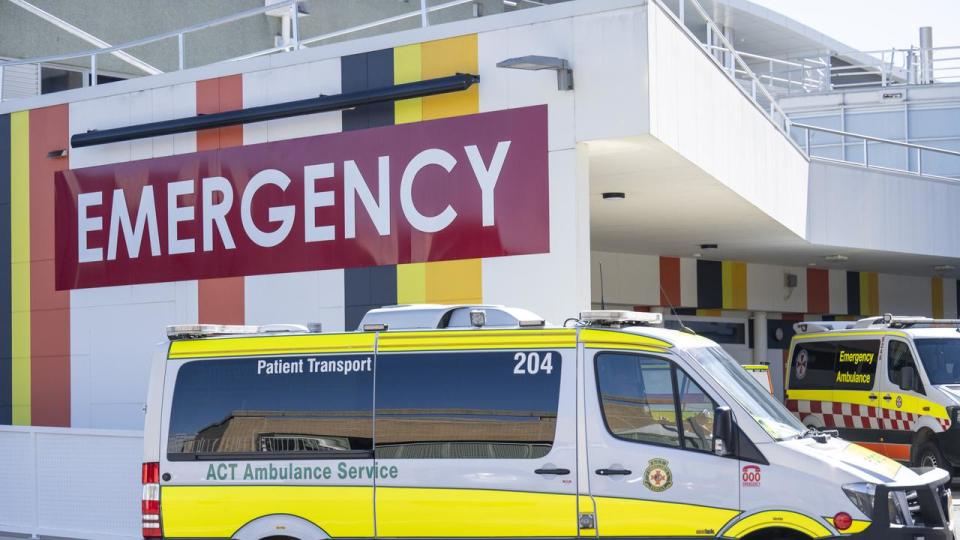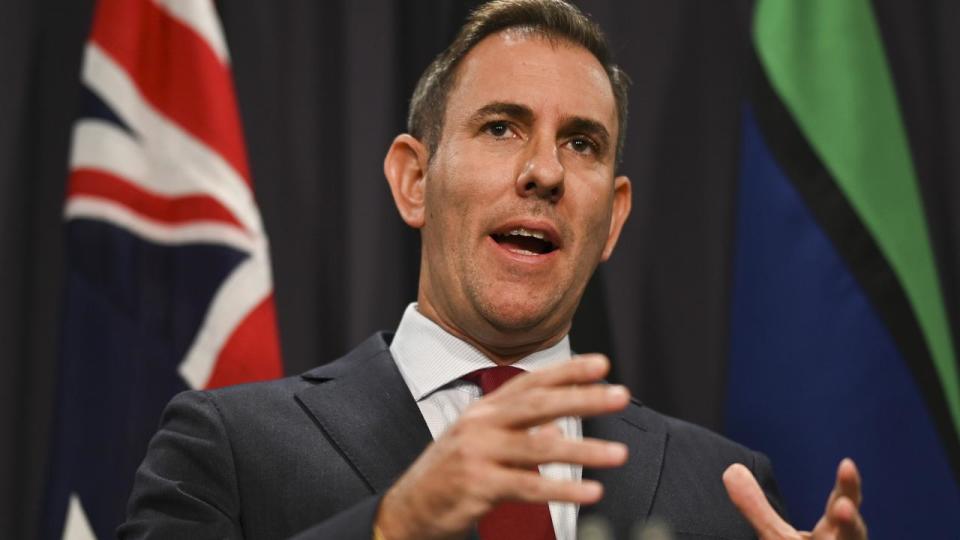12m Aussies to get free doctor visits

Nearly 12 million Australians should find it easier to get free visits to the doctor under a boost to Medicare designed to convince general practitioners to bulk bill their patients.
Jim Chalmers has pledged the “largest ever” increase to the bulk billing incentive in an effort to make GP appointments more affordable and ease pressure on emergency departments around the country.
As a “centrepiece” of its second budget, the Albanese government will spend $3.5m to significantly increase these incentives to entice more GPs to offer free consultations to eligible patients.



The Treasurer made the funding commitment as he addressed Australians from the floor of parliament in a speech unveiling the Albanese government’s second budget on Tuesday night.
Dr Chalmers said Australian families struggling with the cost of living crisis were being forced into a “lose-lose” choice between getting the medical help they needed or paying their bills.
“This robs parents of peace of mind; it puts families under strain,” he said.
“It means more problems go undiagnosed or untreated.”
The increased incentives will be paid to GPs who bulk bill 11.6m eligible Australians including children under 16, pensioners and other concession card holders.
GPs will be able to claim the higher incentives for face-to-face consultations more than 6 minutes in length and certain telehealth consultations.
Bulk billing is when a doctor accepts a Medicare rebate from the federal government as a complete payment for a consultation and doesn’t charge patients an additional “gap” fee for the service.
GPs who bulk bill patients in the city will be paid a new incentive of $20.65 compared with the old rate of $6.60.


Regional GPs will receive a $31.40 incentive, up from $10.05.
In the most remote parts of Australia, the incentive will more than double from $12.70 to $39.65.
An increase to the bulk billing incentive was a key demand from the Royal College of General Practitioners, one of two requests the government agreed to in this federal budget.
The RACGP was also successful in advocating for a Medicare rebate for GP consultations longer than 60 minutes, up from the previous limit of 40 minutes.
But Tuesday’s budget includes only a modest increase to Medicare rebates despite long-running pleas from doctors for a substantial boost to keep pace with inflation.
The RACGP has argued the rebates GPs receive from the federal government for their services are so low it is simply not possible to bulk bill patients in many cases.
Even Australians who usually pay for their GP appointments out-of-pocket may well have found the cost has gone up as they are charged higher gap fees as the cost of living crunch continues to bite.
Finance Minister Katy Gallagher conceded on Tuesday the small increase to across-the-board Medicare rebates was a result of automatic indexation rather than any additional funding from the government.
She said the government chose strengthening bulk billing incentives as a priority investment it had “room to make” in the budget.
The increase to incentives should be seen in the context of a “major” health reform package included in the budget, she said.
Tuesday’s budget includes $5.7bn over five years as an initial investment to provide better access and more affordable care for patients in response to the Strengthening Medicare Taskforce Report.

The report was handed down last year following an inquiry by a government-commissioned group of experts into the ailing Medicare system and the problems in general practice.
Dr Chalmers said on Tuesday night that too many people were finding it “more and more difficult” to see a doctor, noting the costs were too high, the wait times too long and the consultation too short.
“One of the things that made Australia the best country in the world is our shared belief that every Australian should be able to access affordable, reliable healthcare,” he said.
He also pledged $358.5m over five years to deliver eight more urgent care clinics, which Labor says will make it easier to see a GP and reduce the strain on hospitals.
The additional Medicare funding comes as the budget is forecast to record a slim $4bn surplus in this financial year.
If Treasury’s prediction is correct, it will be the first time the books have been balanced in 15 years.
But the return to surplus won’t last long, with the budget expected to plunge back into deficit for the next four years.
Australia’s temporary return to a balanced budget is thanks in large part to soaring commodity prices off the back of the war in Ukraine and a strong labour market at home.
Budget papers confirm the government has upgraded its expected tax receipts by $67.2bn 2023-2024 financial year than was forecast in October.
The return to deficit will be in large part due to structural pressures caused by spending on massive public services such as the National Disability Insurance Scheme, defence and health.


